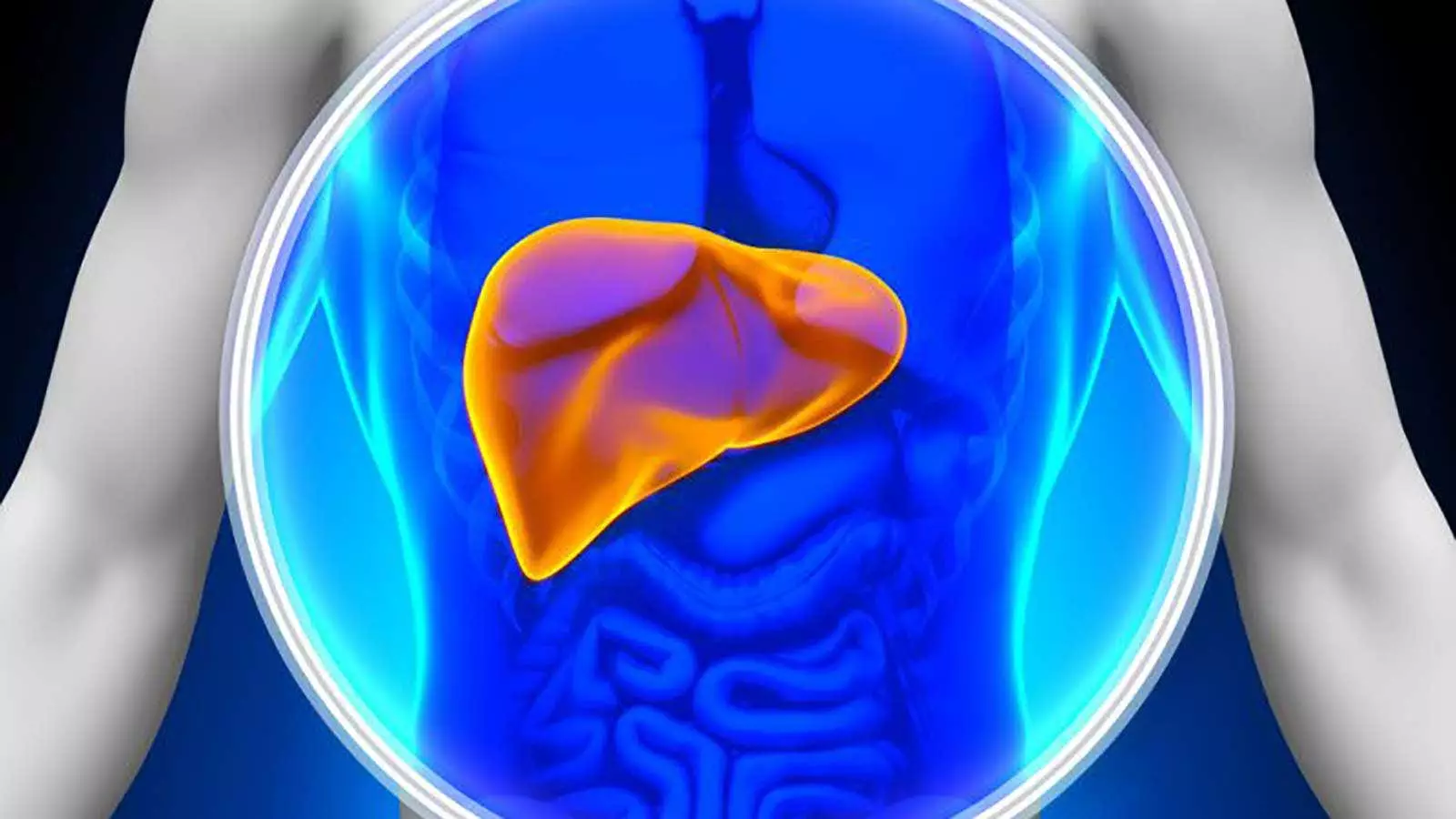Primary Biliary Cholangitis (PBC) is a chronic autoimmune liver disease that affects thousands of individuals worldwide. Over the past few decades, the management of PBC has significantly evolved, beginning with the landmark approval of ursodeoxycholic acid (UDCA) in 1997. This approval marked a crucial development in the therapeutic landscape for PBC, providing considerable benefits for many patients by reducing risks associated with liver transplants and mortality. Nonetheless, UDCA was not a universal solution, and a substantial subset of patients continued to struggle with disease progression. This article explores the complexities of treatment strategies for PBC, the subsequent introduction of alternative therapies, and ongoing developments in the field.
While UDCA initiated a new era in PBC management, the reality remains that it is not effective for every patient. Recent data from experts indicates that approximately 40% of PBC patients do not achieve the desired therapeutic effect while on UDCA, leaving them vulnerable to disease progression. Dr. David N. Assis from Yale Liver Clinics stresses that, although the outcomes for these patients are improved relative to not receiving treatment, the clinical response remains inadequate for a significant portion of the patient population.
Furthermore, it is worthwhile to consider that about 5% of patients may experience adverse reactions to UDCA, ranging from gastrointestinal distress to allergic reactions. Dr. Brett E. Fortune notes that while UDCA generally stands as a tolerable medication, potential side effects could deter compliance, thus curtailing its overall effectiveness. The need for additional therapeutic options to account for these challenges is evident, prompting researchers to investigate alternative treatments.
Researchers have turned toward fibrates, which have shown promise in enhancing the therapeutic outcomes for those inadequately responding to UDCA. A pivotal study highlighted that nearly one-third of patients with PBC who had poor responses to UDCA benefited from adding bezafibrate to their regimen. Unfortunately, bezafibrate is not readily available in the United States, leading to fenofibrate becoming a more accessible alternative. Data supports fenofibrate’s efficacy as an adjunct in managing the complicated landscape of PBC.
The prevailing interest in fibrates signifies a noteworthy shift towards individualizing treatments to cater to the diverse patient experiences associated with PBC. Students and practitioners alike are closely following ongoing investigations into these drugs’ mechanisms to better understand their integration into current therapeutic protocols.
The introduction of obeticholic acid (Ocaliva) in 2016 represented another advancement in the treatment of PBC. Approved as a second-line treatment, obeticholic acid can be utilized either in combination with UDCA for those who exhibit inadequate responses or as a standalone therapy for patients who cannot tolerate UDCA. However, its integration into practice has not been without concerns. Increased pruritus has been reported as a significant side effect, particularly with higher doses.
Additionally, Dr. Ehud Zigmond of Sheba Medical Center cautions that patients with advanced liver disease may encounter adverse reactions, leading to boxed warnings and restrictions regarding obeticholic acid use. Despite the setbacks, there have been encouraging reports in which patients achieved improvement in liver fibrosis after transitioning to obeticholic acid after previous treatments had failed.
The landscape of PBC management continues to evolve with the introduction of additional farnesoid X receptor (FXR) agonists, such as seladelpar and elafibranor. Seladelpar has distinguished itself by demonstrating significant improvements in pruritus symptoms, along with promising outcomes in clinical trials involving patients who had previously been unresponsive to standard therapies.
While initial trial results are promising, the long-term safety and efficacy profiles of these new agents remain under scrutiny. Reports from ongoing observational studies have indicated potential serious adverse events associated with these new therapies, emphasizing the importance of continued vigilance as these drugs make their way into the wider clinical arena.
The modern management of PBC reflects a complex interplay between established treatments and emerging therapies. While UDCA laid the groundwork for improved patient outcomes, its limitations necessitated the exploration of additional treatment pathways. The introduction of off-label fibrates and newest-generation PPAR agonists demonstrates a progressive commitment to encapsulate the multifaceted nature of PBC.
The ongoing research and evolving treatment landscape underscore the imperative for tailored approaches to patient care, thus ensuring a better understanding of individual responses to therapies. As real-world data continues to emerge, clinicians are better poised to define treatment paradigms that can enhance outcomes and improve the quality of life for those living with this challenging condition. The future of PBC treatment is brightened by innovation, promising continued advancements and refinements in therapeutic strategies.


Leave a Reply